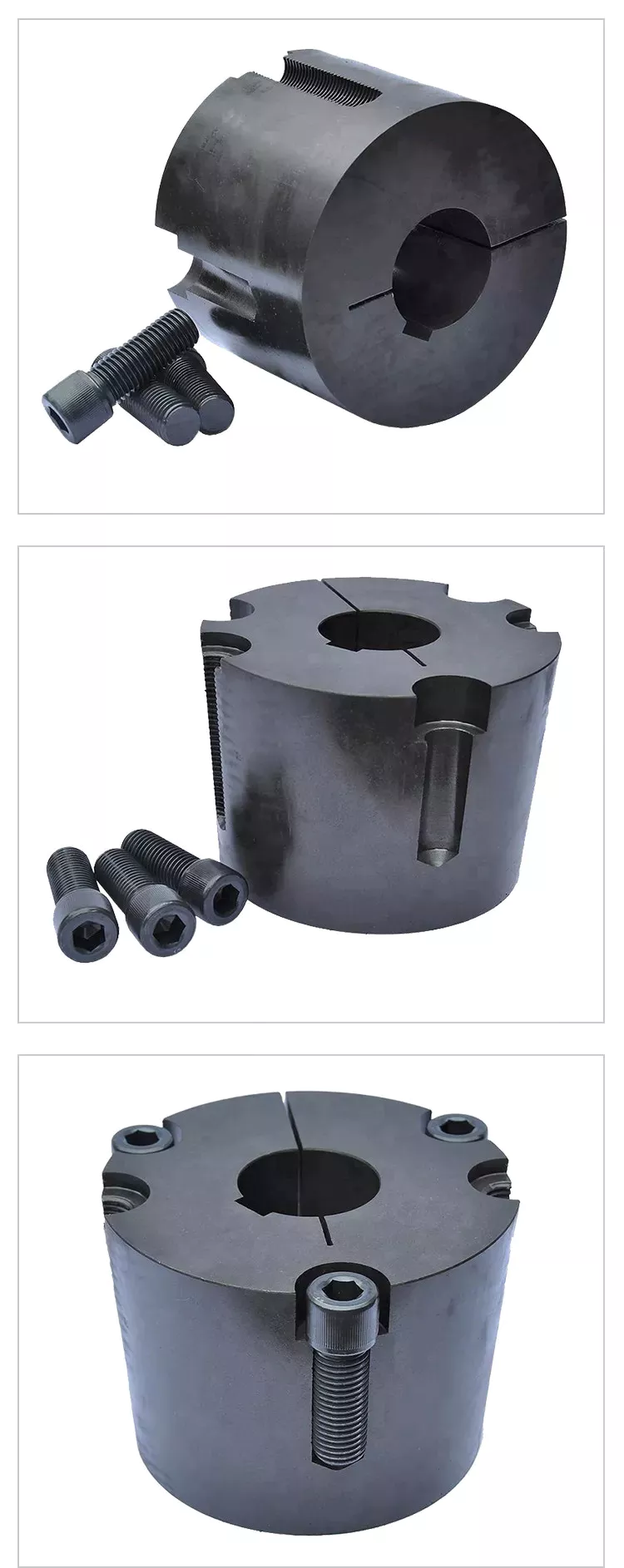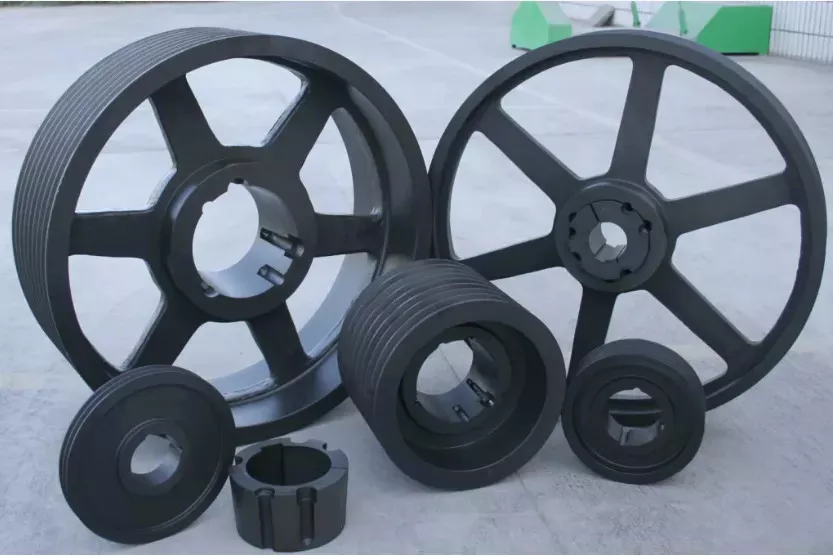Product Description
| Product name | Auto Suspension Bushing |
| Standard | TS16949, ISO9001: 2000 |
| OE Number | Please send us your OEM NO. list,we will provide you the best offer. |
| Warranty | 12 months |
| Leading time | 30 days |
| MOQ | 200pcs |
| Advantage | 1. Factory direct wholesale, premium quality, and lower price. 2. Most of the items are in stock can be dispatched immediately. 3.Patient & friendly aftersale services. |
Detail Picture
Company Introduction
FAQ
Q1: What’s the price? Is the price fixed?
A1: The price is negotiable. It can be changed according to your quantity or package. When you are making an inquiry please let us know the quantity you want.
Q2: How can I get a sample before placing an order?
A2: We can provide you a sample for free if the amount is not too much, but you need to pay the air freight to us.
Q3: What’s the MOQ?
A3: The minimum order quantity of each item is different, if the MOQ does not meet your requirement, please email me, or chat with me.
Q4: Can you customize it?
A4: Welcome, you can send your own design of automotive product and logo, we can open new mold and print or emboss any logo for yours.
Q5: Will you provide a warranty?
A5: Yes, we are very confident in our products, and we pack them very well, so usually you will receive your order in good condition. But due to the long time shipment, there will be little damage to products. Any quality issue, we will deal with it immediately.
Q6: How to pay?
A6: We support multiple payment methods, if you have any questions, pls contact me.
If you have any questions, please don’t hesitate to contact us. We are always ready to offer you help to build friendly cooperation with you!
Profiled Bushes for Four-Stroke Engines
The slit in a taper bush has an axial dimension. According to 1 embodiment, additional material is removed from bush 1 to create a widened longitudinal slit 11. The slit is widened locally towards the outer surface of the bush. The metal removals are primarily from the hub surrounding the taper bore. The metal removals also provide a state of balance in the taper bush. According to this embodiment, the slit 11 is widened toward the outer surface 15 of the bush to provide a wider axial length than the taper bore.

Profiled bushes
One of the main components of a four-stroke engine is the head. The head contains 1 valve and a ring, connected to the suction main by a profiled bush. The profiled bushes connect to the camshaft via 2 spiral springs. Two profiled bushes connect to 2 profiled cams on the camshaft. This mechanism allows the engine to work efficiently. The main parts of a four-stroke engine are described below.
Conical bushes
Conical taper bushes have multiple uses in machine assembly. These bushes secure machine elements to cylindrical shafts. They are longitudinally split and contractible, making them suitable for a variety of applications. Here are some of the common uses of this type of bush. In machine assembly, tapered bushes are commonly used for ball bearings. Depending on the application, they can also be used to secure other machine elements.
One type of conical taper bush is CZPT conical taper berry. This product is versatile and universal, resulting in a conical outer surface and cylindrical inner bore. It comes in both metric and imperial sizes. CZPT conical taper berries are effective in high torque applications. They are available in metric and imperial sizes and are made from high-quality steel. For more information, please visit the manufacturer’s website or contact us today.
In addition to its versatility and ease of installation, the asymmetric design of TB 1210-14 taper bushes makes them ideal for many applications. They come with a hub that has 3 holes and multiple bolts and screws running parallel to the hub’s axis. This combination of design features ensures that the bush is tightly secured onto the shaft and can be removed if necessary. While this is a great feature, it has disadvantages as well.
CZPT’s 3020×70-OPTI taper bushes are an easy to install, quick-to-remove, and accurate choice for metric and imperial shafts. The bushes come with etched markings, and are easy to align. They have a metric and imperial keyway and are very useful in securing pulleys to a drive shaft. And because they’re precision-cast iron, they’re a great choice for many industrial applications.
Conical clamping bushes
Conical clamping bushes, also known as taper bushes, are machine elements that provide an interference-fit shaft-hub connection. They secure the V-belt pulley’s hub to the axial center of the shaft. They come in various sizes and key ways. They are not available in the Eshop, so you will have to order them through a custom supplier. They are available in 16 different sizes.
The most popular types of conical clamping bushes are those that fasten shaft cartridges. The dimensional variants of these bushes are extensive, and they are easy to assemble and position. The CAD database contains more than 7.000 different parts, with parameters consistent with those delivered to customers. If you have a particular application in mind, consider purchasing a set of conical clamping bushes. You’ll be glad you did!
Despite the versatility of the conical clamping bushes, it’s important to understand that they’re not intended to be used in all applications. Some of them are self-centring, while others aren’t. If you’re unsure about your application’s torque requirements, you can opt for a conical clamping bush. There are also taper-lock bushes, which are used in applications where axial alignment is crucial.
The conical clamping design relies on frictional clamping force to transfer torque. This results in backlash, but also offers a maintenance-free solution for specific applications. The conical design of the clamping hub acts as a wedge mechanism and compresses the taper bushing uniformly over the mating shaft. In addition, the conical shape of the conical clamping bushes allows the assembly to be much faster and easier than when they were designed for conventional applications.
Profiled bushings
The following is a description of 1 embodiment of profiled bushings for taper bushes. One of the primary benefits of bushings with taper bores is that they are transferable to different shaft diameters. This feature provides ease in component replacement and disassembly. This invention also provides cost savings by allowing manufacturers to use low-cost, high-volume machinery. This article will briefly describe the most common application of profiled bushings for taper bushes.
A taper lock nut enables the secure attachment of machine elements to a cylindrical shaft. This type of nut features a thread and key-way for a secure grip on the shaft. These are precision-machined in accordance with ISO standards. A tapered bushing can be installed over a cylindrical hub. Its tapered shape makes it easy to install and remove, making it a popular choice for hub-to-hub assemblies.
A single pulley can be used in multiple applications, saving the time and money of machining keyways and bores. Profiled bushes have a slit from the inside bore to the outside diameter, with a counter-slit on the opposite side, allowing the bush to flex around the shaft as it is screwed into the bore. Keyway bushings are useful for applications that require higher torque.
Taper lock bushes
Taper lock bushes are mechanical joints that incorporate a tapered surface that fastens to a shaft. These bushes incorporate a key-way and thread and are precision-machined to ISO standards. A QTL tapered bush fits over a hub with a tapered internal diameter. In general, QTL taper lock bushes are available in steel, but stainless steel is available on a quote basis.
These bushes are available in many bore sizes, including large diameter ones. They’re easy to install and maintain, and are made to be interchangeable with other parts. Because they are universal, they can be used with virtually any flanged hub or pulley, and are designed to provide excellent clamping force. You can purchase high-quality bushes from CZPT Engine Parts. They are also available in metric and inch sizes.
A Taper-Lock bushing size is defined by 4 digits. The first 2 represent the maximum diameter of the bore, while the remaining 2 represent the length of the bushing. A 1.5″ diameter bore would be 1-1/2″ long, and so on. Metric measurements are represented with an “MM” after the corresponding dimension. These bushes fit flush into tapered bushing pulleys and sprockets.
